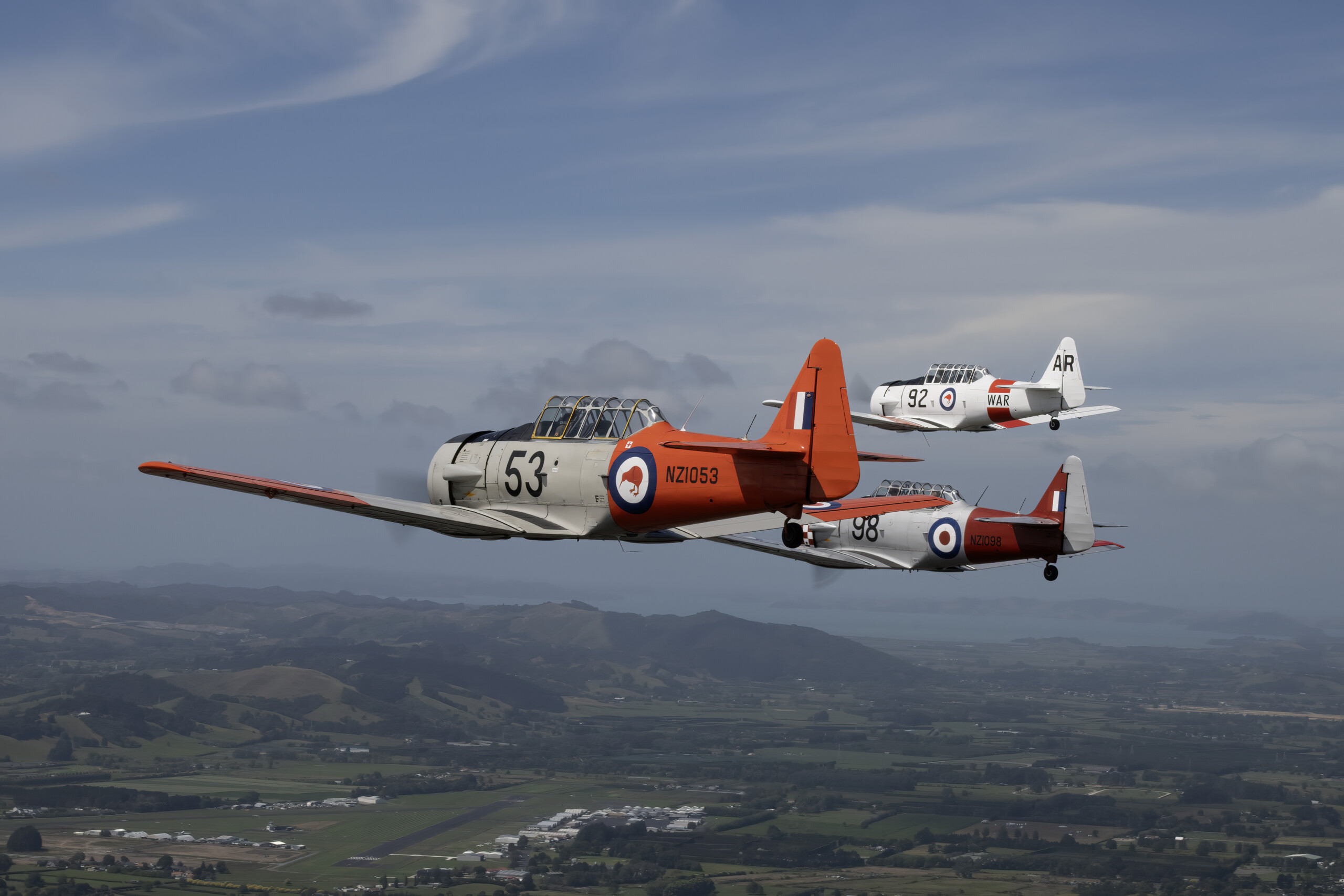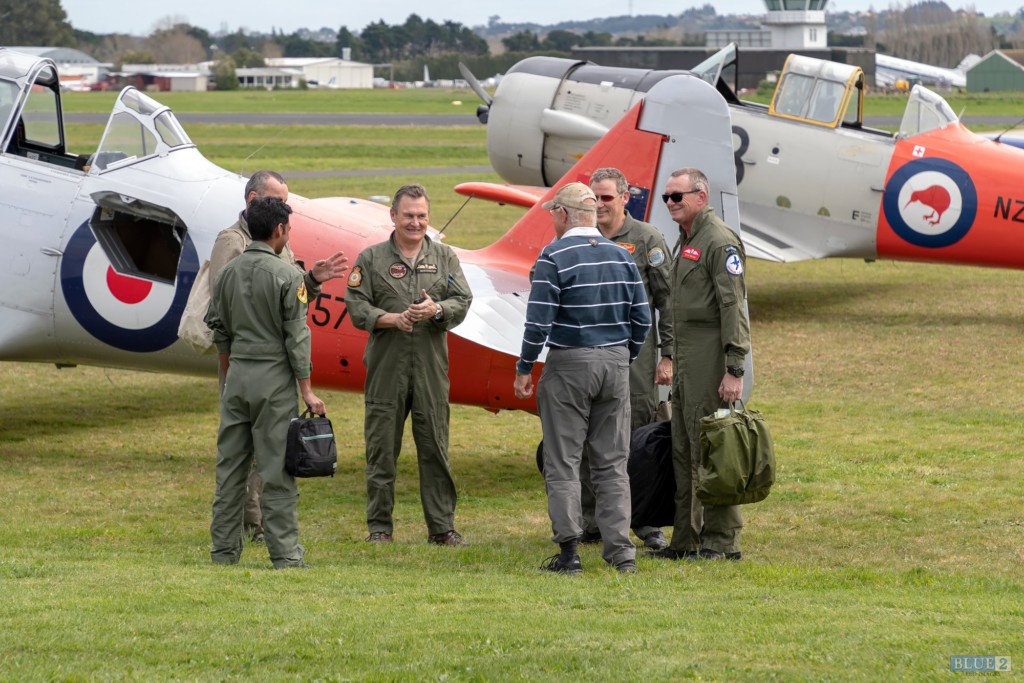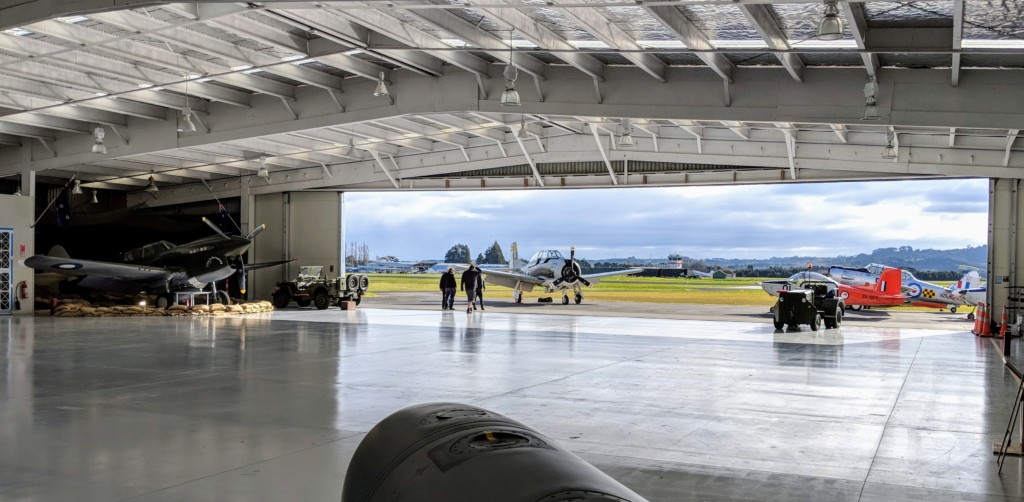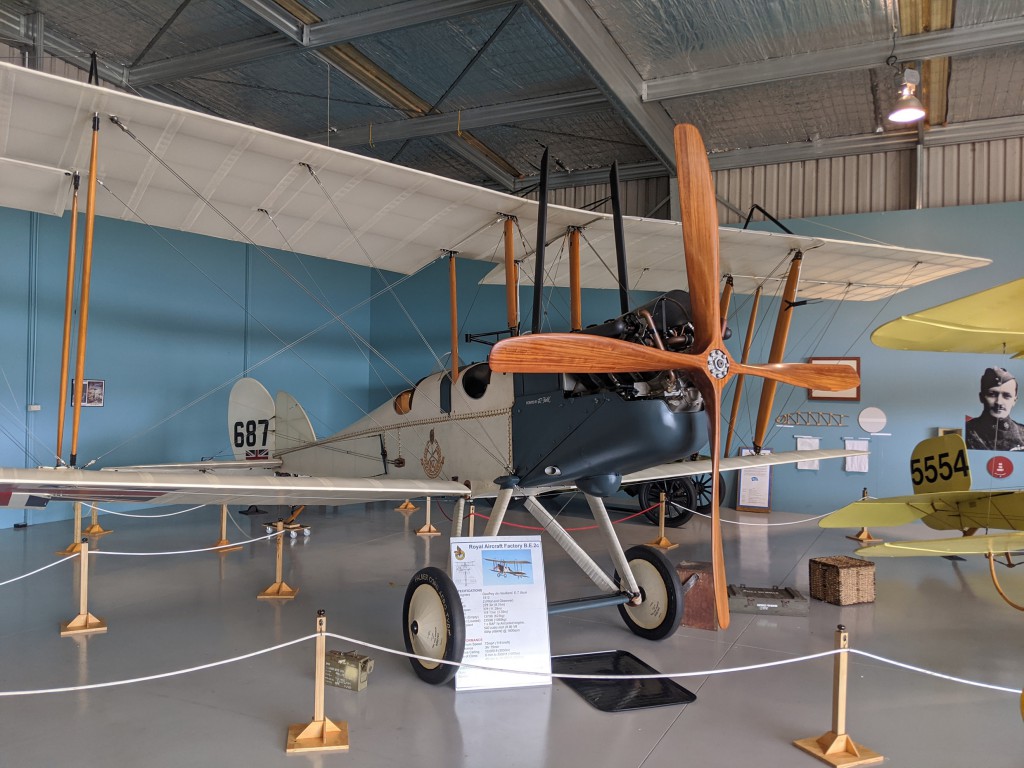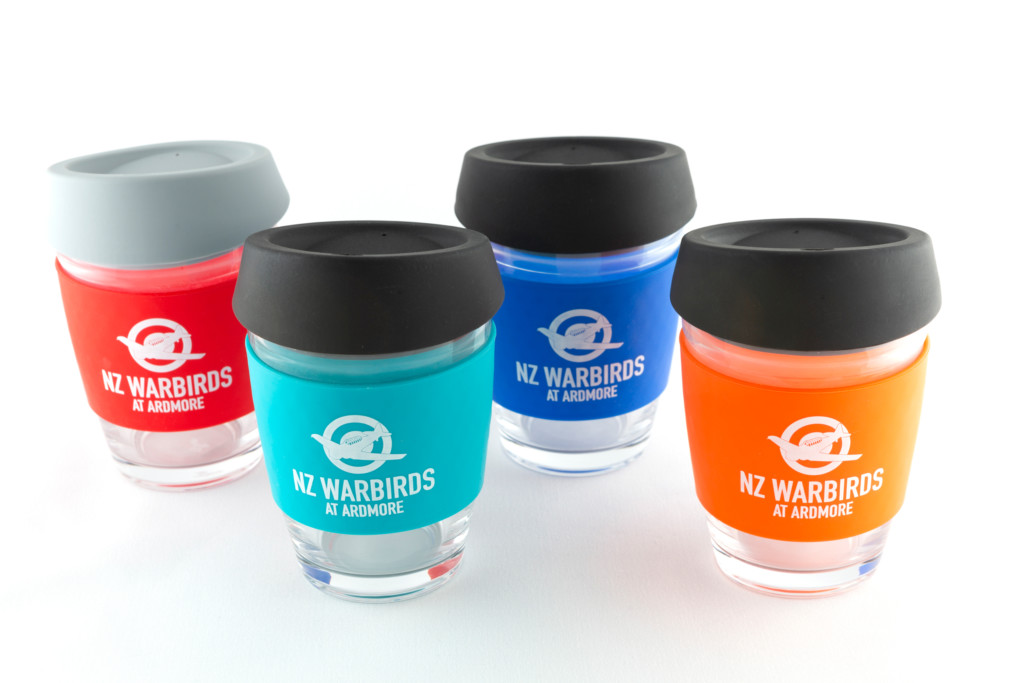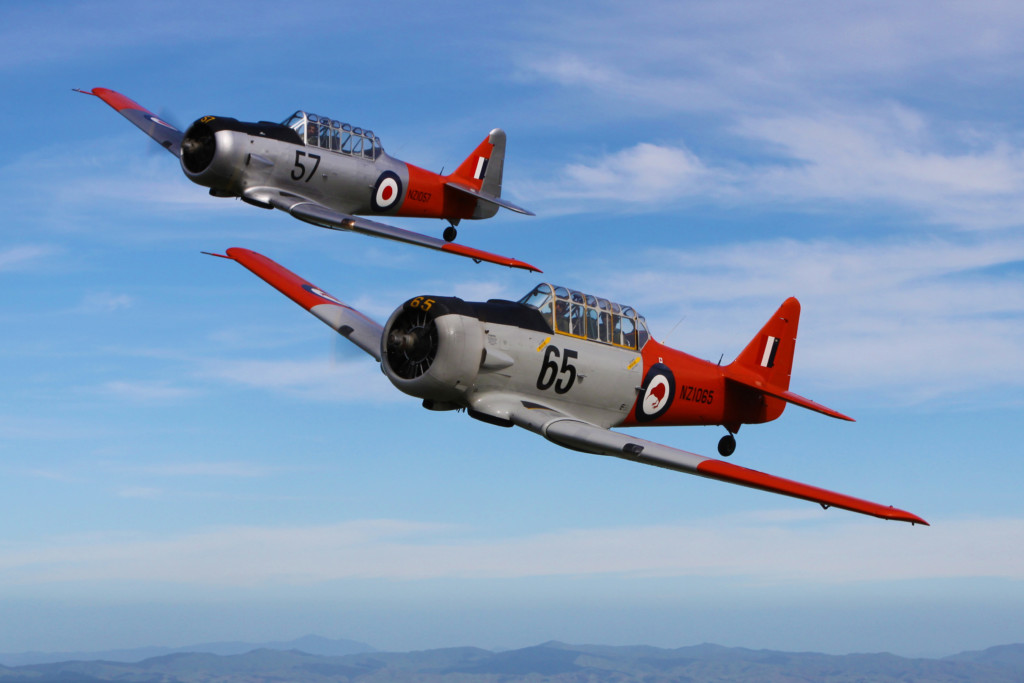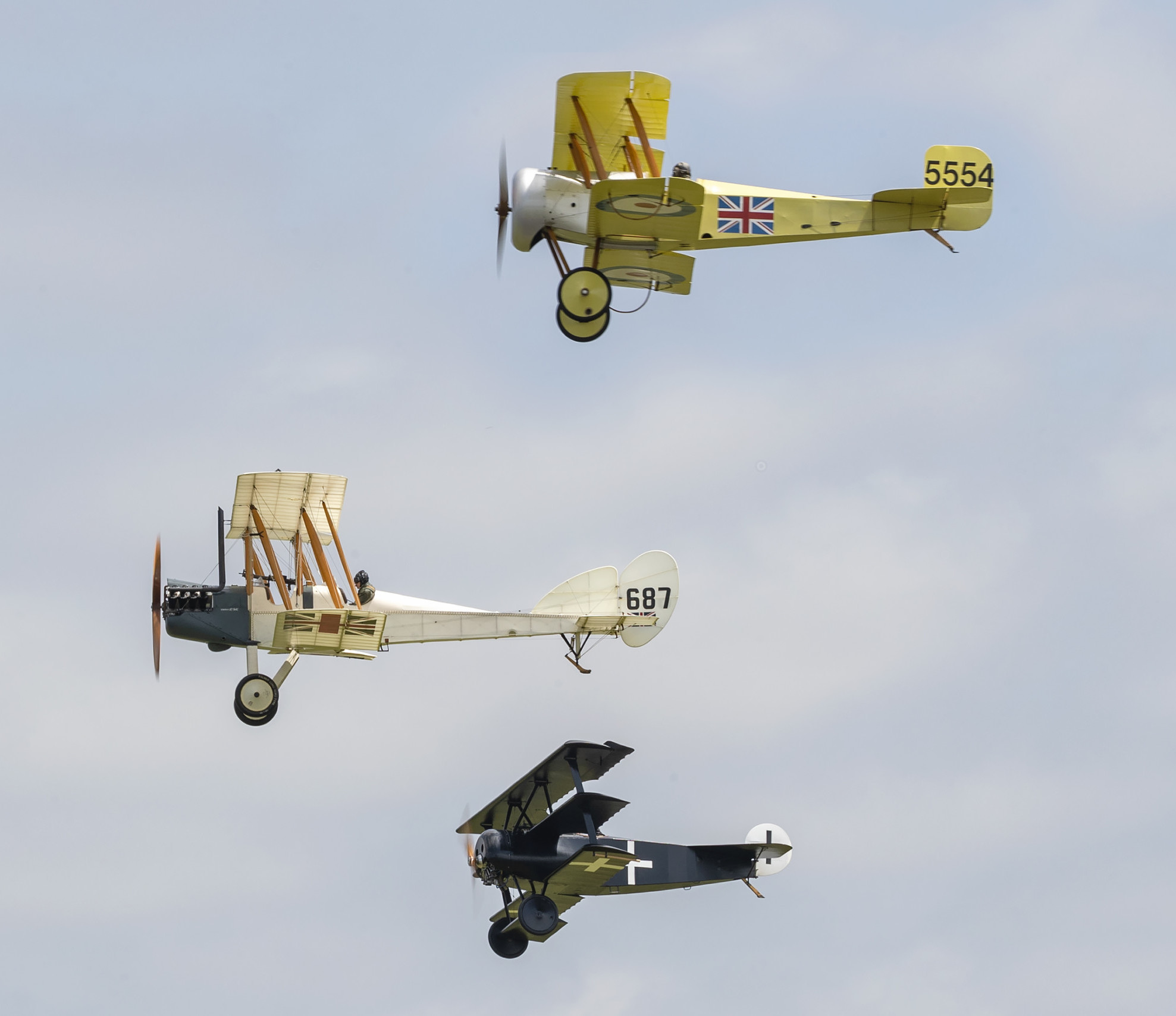
Events &
Airshows
NZ Warbirds hosts a variety of family events suitable for all ages. From our annual shows to our new regular Tarmac Days and Hangar Talk series, there is something for everyone to enjoy.
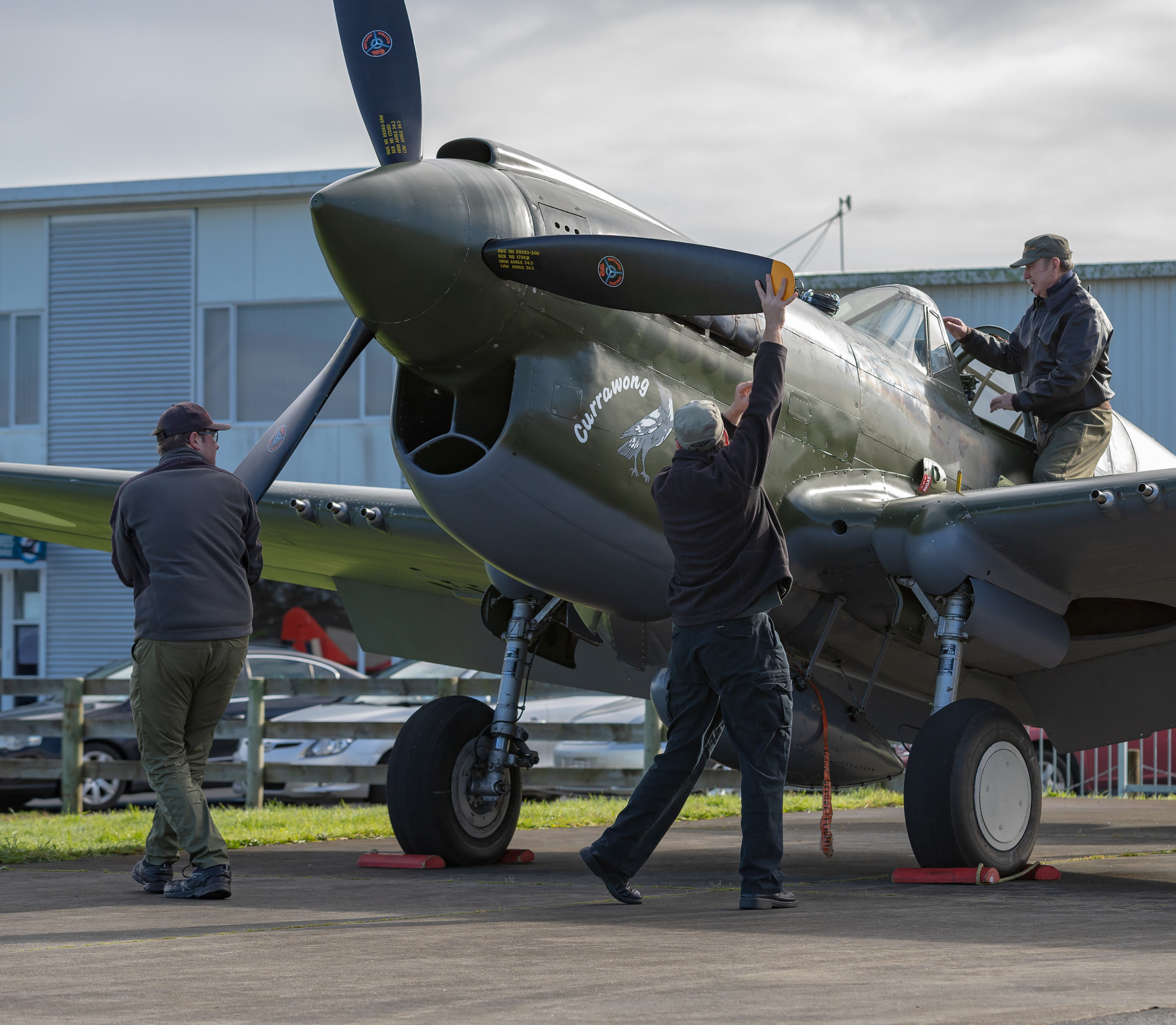
Volunteer at Warbirds
Looking for a new hobby or interest? We are always looking for new volunteers to join our team to help host the public around our collection, with our regular open days and events, maintain and develop our hangars and exhibits, help with restoration projects and social events.
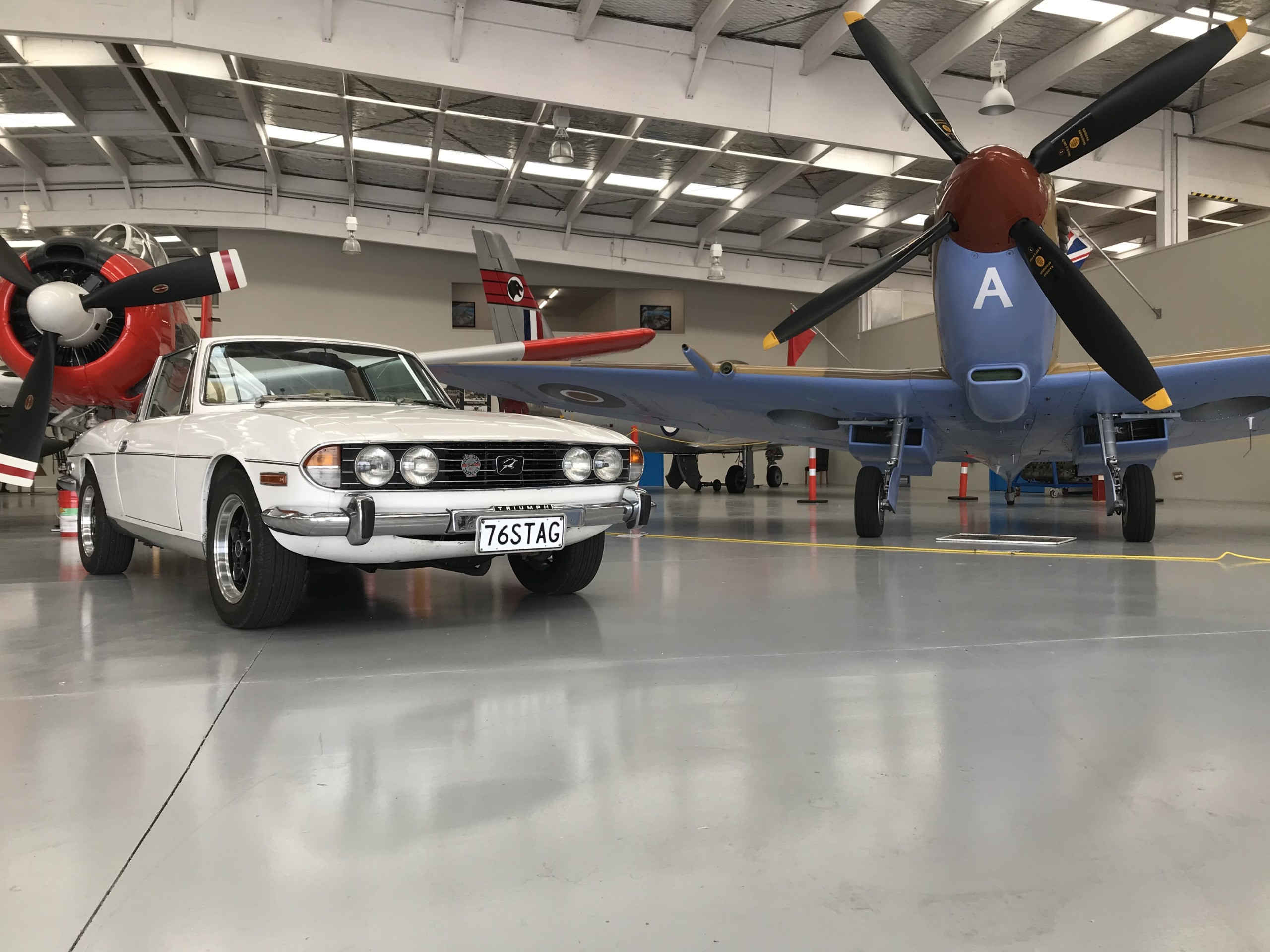
Group Tours
For a special experience and a taste of aviation history, book a group tour for your social or service organisation, car club, retirement community, school or just a group of friends. We host many groups from Rotary, Probus, RSA, and historical interest organisations.
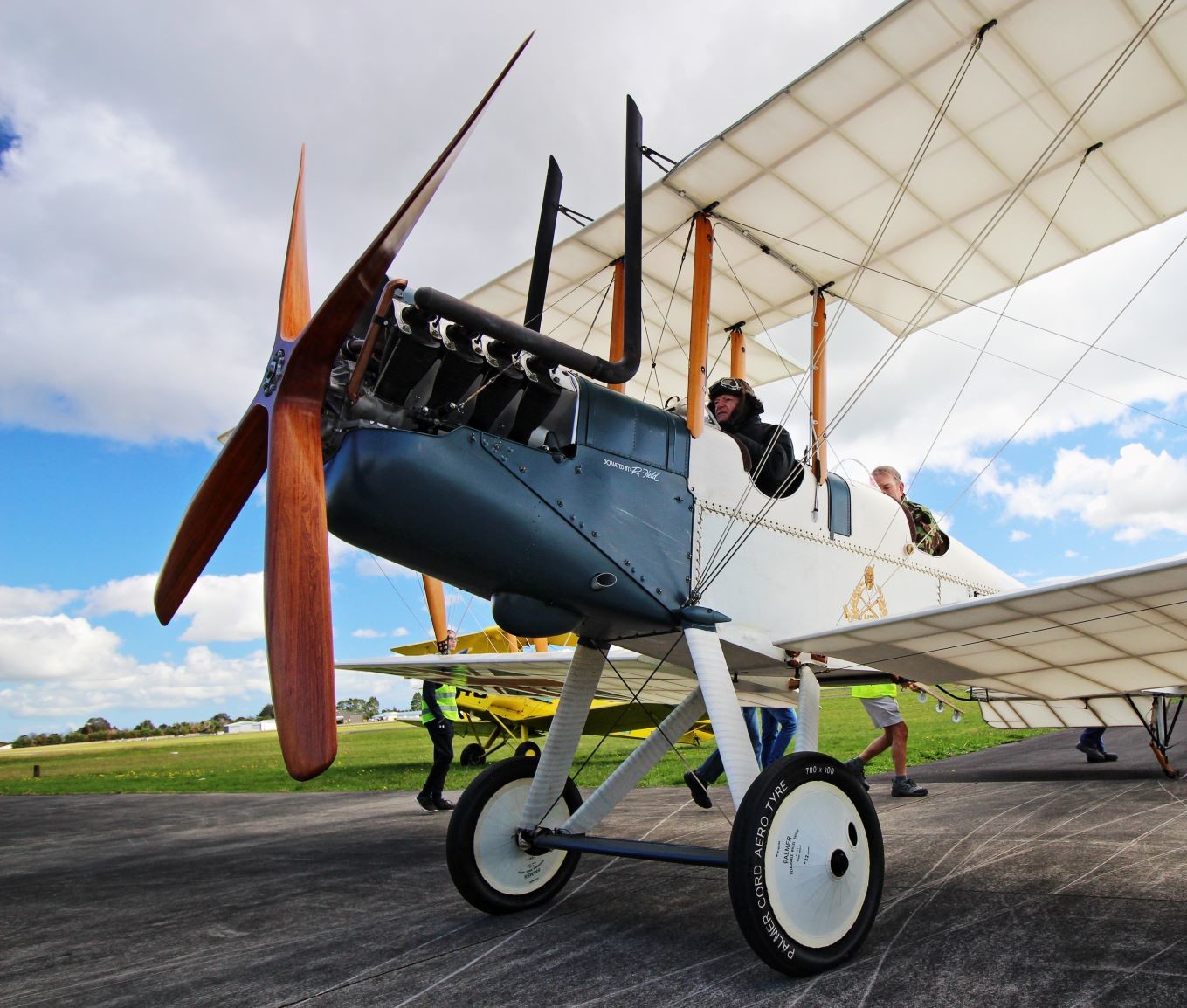
How you can
support us
As a not-for-profit organisation, NZ Warbirds depends on the public to help provide the necessary funding to pursue the main aim to ‘Keep ‘Em Flying.’ For all the ways you can help us please read more.
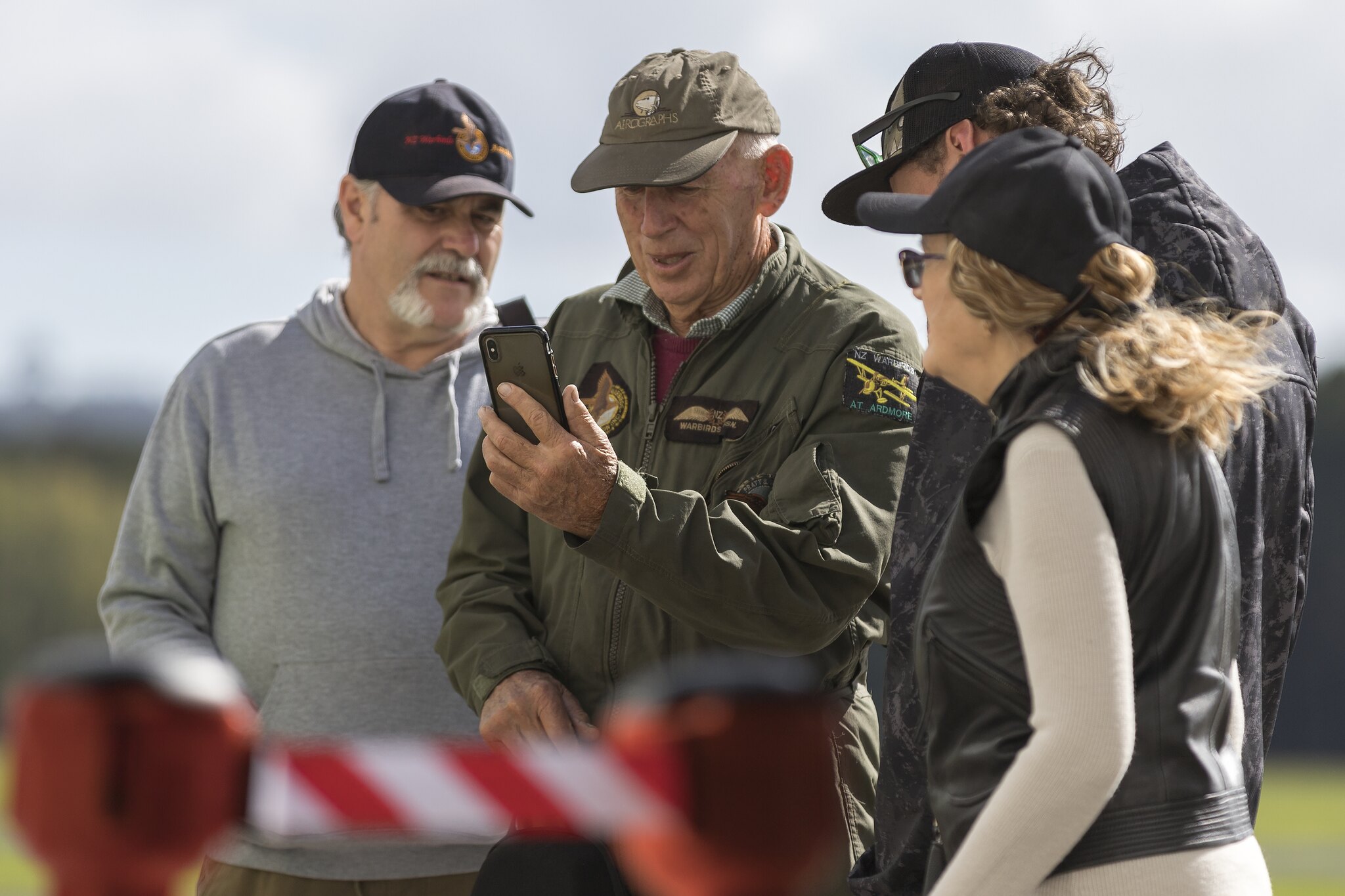
Join our
team
We are looking for aviators and enthusiasts alike to help us ‘Keep ‘Em Flying’. You can become part of the NZ Warbirds Association, New Zealand’s most colourful aviation fraternity !
